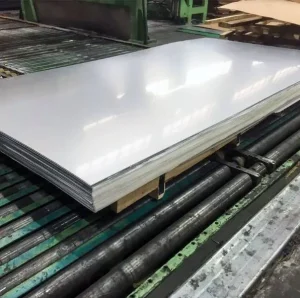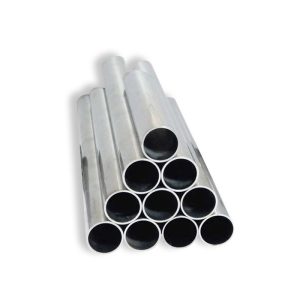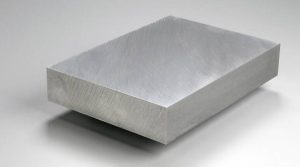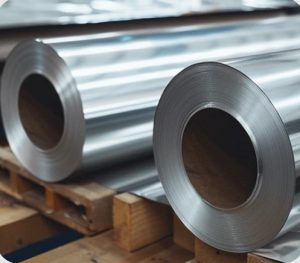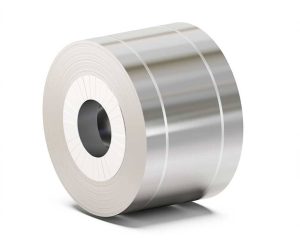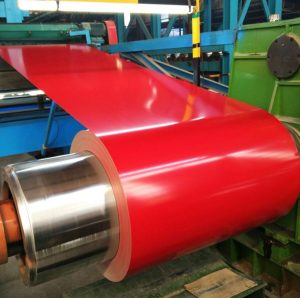When selecting a 20mm aluminum rod for your project, understanding the differences between T5 and T6 tempers is crucial. These tempers significantly influence the rod’s mechanical properties, affecting its suitability for various applications.
Understanding Aluminum Tempers: T5 and T6
Aluminum alloys are often heat-treated to enhance their mechanical properties. The T5 and T6 designations refer to specific heat treatment processes:
-
T5: Cooled from an elevated temperature shaping process and then artificially aged.
-
T6: Solution heat-treated and then artificially aged.
The choice between T5 and T6 tempers affects the strength, hardness, and ductility of the aluminum rod.
Mechanical Properties Comparison
Let’s compare the mechanical properties of 20mm aluminum rods in T5 and T6 tempers:
| Property | T5 Temper | T6 Temper |
|---|---|---|
| Ultimate Tensile Strength (MPa) | 270 – 295 | 290 – 310 |
| Yield Strength (MPa) | 230 – 250 | 250 – 260 |
| Elongation (%) | 6 – 8 | 6 – 8 |
| Hardness (Brinell) | 85 – 95 | 95 – 105 |
Data sourced from Sasa Alloy Co., Ltd.
As seen, T6 temper provides higher strength and hardness compared to T5, making it suitable for applications requiring enhanced mechanical performance.
Application Scenarios
The choice between T5 and T6 tempers depends on the specific requirements of your application:
-
T5 Temper: Suitable for applications where moderate strength is sufficient and better formability is desired, such as architectural components and decorative trims.
-
T6 Temper: Ideal for structural applications requiring higher strength and rigidity, including aerospace components, automotive parts, and heavy-duty machinery.
Example: In a recent project, I required aluminum rods for a structural frame. Initially, I considered T5 temper for its ease of machining. However, after evaluating the load requirements, I opted for T6 temper to ensure the frame’s integrity and longevity.
Common Misconceptions
⚠️ Note: A common misconception is that T6 temper is always the better choice due to its higher strength. However, T6 aluminum is less malleable and more challenging to form, which can be a disadvantage in applications requiring complex shapes or extensive machining.
Selection Guide: Choosing the Right Temper
Follow these steps to select the appropriate temper for your 20mm aluminum rod:
-
Assess Application Requirements: Determine the mechanical properties needed, such as strength, hardness, and ductility.
-
Consider Fabrication Processes: Evaluate the forming and machining processes involved. T5 temper offers better formability, while T6 provides higher strength.
-
Evaluate Environmental Conditions: Consider factors like temperature fluctuations and exposure to corrosive environments.
-
Consult Material Standards: Refer to industry standards and specifications to ensure compliance.
-
Seek Expert Advice: When in doubt, consult with material engineers or suppliers for recommendations tailored to your specific needs.
Final Checklist
-
Determine Mechanical Requirements: Strength, hardness, ductility.
-
Evaluate Fabrication Needs: Forming, machining, welding.
-
Consider Environmental Factors: Temperature, corrosion.
-
Review Industry Standards: Ensure compliance with relevant specifications.
-
Consult Experts: Seek professional advice for complex applications.
By carefully considering these factors, you can select the appropriate temper for your 20mm aluminum rod, ensuring optimal performance and longevity in your application.



